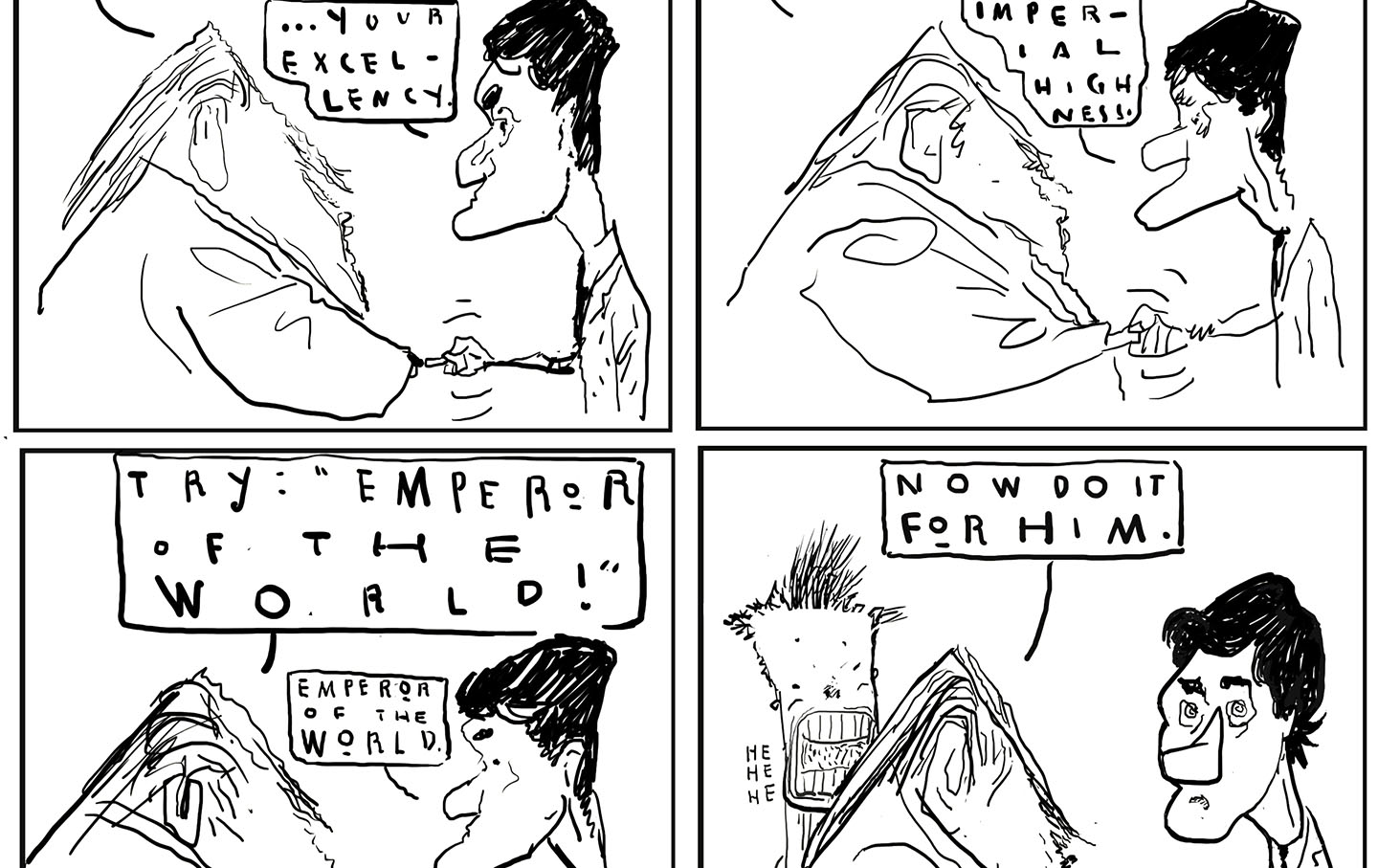News Deserts Are Obscuring the Breadth of Climate Disasters
Bootstrapped publications like mine do their best to keep the news alive in communities now struggling just to survive.
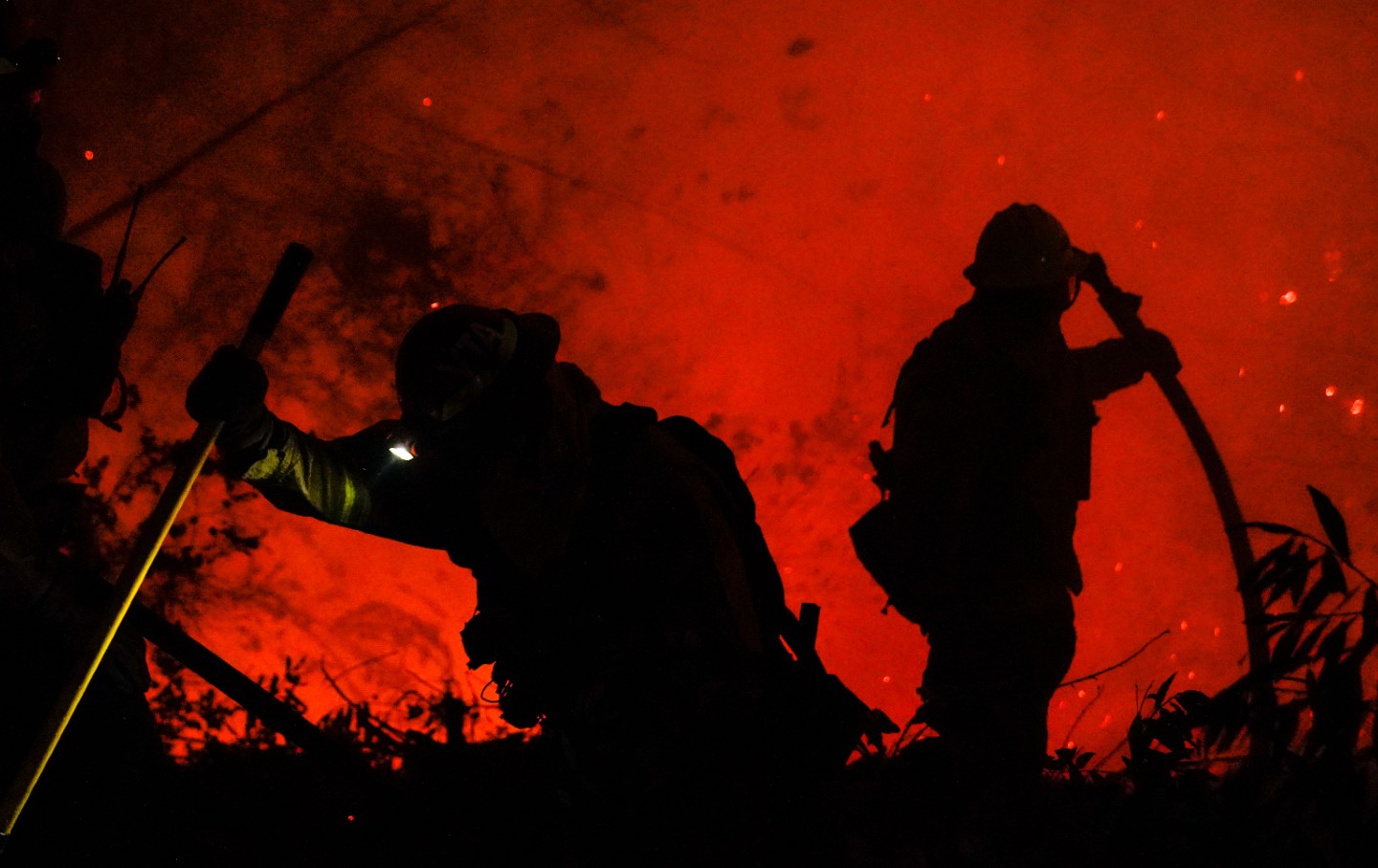
Firefighters perform structure protection against the Glass Fire in Napa County on October 1, 2020 in Calistoga, California.
(Kent Nishimura / Los Angeles Times via Getty)This article originally appeared at TomDispatch.com. To stay on top of important articles like these, sign up to receive the latest updates from TomDispatch.com.
When wildfires began erupting in the Texas Panhandle in February, Laurie Ezzell Brown, the editor and publisher of The Canadian Record, was in Houston on a panel discussing ways in which losing local newspapers represents a danger to democracy. Running the once-a-week Record from the Panhandle town of Canadian, she certainly knew something about the rise of “news deserts” in this country. While she was meeting with other journalists concerned about disappearing local newspapers, Brown kept an eye on reports about ignitions sparking wildfires west of her town and posted updates from afar so that her readers would remain informed.
“Those fires never stay in the next county,” Brown said grimly. And indeed, as the flames galloped through fallow fields and approached her hometown, she began a desperate drive back to Canadian with a friend. In and out of cell coverage, traveling through black-ash smoke, she saw distinctly apocalyptic scenes of torched trees and powerlines dangling from still-burning poles. As she went, she posted every scrap of information she could get for the scattered and distraught readers of her paper. How else would they know about the houses that were being torched ever closer to their own homes?
In the days that followed, as that historic nightmare of a blaze just grew and grew, finally burning through more than a million acres of the Texas Panhandle, Brown continued to keep Canadian Record readers informed about crucial matters like how to apply for financial assistance, where to take fire debris, and when the next embattled town meeting would be held. It was part of what she’s been doing since 1993: keeping an eye on Canadian’s Hemphill County commissioners, investigating economic salvation schemes, and posting high school sports scores as well as local obituaries.
“There’s no one else to do this and people need to know what’s happening. It’s what I do. It’s what I’ve always done,” she told me.
It’s what I do, too. Like Canadian, my adopted hometown of Greenville in Plumas County, California, was hit by a climate-driven wildfire in 2021 that devastated 800 homes and left the downtown smoldering on its Gold Rush–era dirt foundations. Two years into rebuilding, the only local online publication announced that it was shuttering. So, I set aside my freelance journalism career, joined a team of like-minded citizens, and launched The Plumas Sun.
Like Brown and hundreds of journalists across the country, we’re reporting from the intersection of news deserts and climate disasters. As floods, fires, and tornadoes surge, and daily as well as weekly publications collapse, local journalism maintains an all-too-slender lifeline in devastated rural communities like mine. Local journalists remain after the Klieg lights go dark and the national media flee our mud-strewn, burned-out Main Streets. We continue to report as our friends and neighbors face the challenge of rebuilding (or not).
Somehow, along with flattened towns and shattered lives, disaster sometimes even breeds innovation. Among the ruins left by walls of water and towering flames, bootstrapped publications like mine do their best to keep the news alive in communities now struggling just to survive.
Nowhere Will Be Spared
If there’s one overarching message from the Fifth National Climate Assessment, released in November 2023, it’s that, in this era of climate change, nowhere will be spared disaster. As the burning of fossil fuels warms the world ever more radically, conditions are created that only exacerbate a Pandora’s box of extreme weather events. Scientists predict more intense hurricanes and the storm surges they generate, more frequent and intense wildfires throughout the calendar year, an elevated risk for flooding, and so much else in the new era of global warming.
Still, as the climate scientists report, the impacts of such disasters aren’t landing equitably. Blacks, Indigenous Americans, and other people of color are bearing the brunt of them along with the rural poor. They are “disproportionately exposed to environmental risks and have fewer resources to address them,” as the assessment puts it.
For Laurie Ezzell Brown and her newspaper, that bureaucratese translates all too simply into hardship. The town of Canadian, perched on the high plains near the Oklahoma border, had suffered an economic hit to both its ranching and its oil and gas industries even before the panhandle fires. The Canadian Record was struggling. Launched in 1893, the weekly newspaper that Brown now owns spent half its life in her family’s hands. Ben and Nancy Ezzell, her parents, became its publishers in 1947. Brown took over in 1993. In March 2023, 30 years later, unable to find a buyer for it, she suspended publication of The Canadian Record.
It didn’t go well. Brown, who has lived in Canadian most of her life, got an earful. And she took it personally. “I had to see all these people who I’d let down every day. And hear them tell me how much they missed the paper, how much they needed it, how they didn’t know what was going on. I guess it just got to me.” She and a skeleton staff are, however, maintaining an online version of the paper while she continues to hunt for a buyer.
It’s a tough sell. After all, most disaster-struck rural towns are already on the economic edge. Lacking the resources that might shield them from some of the impacts, they now face the Herculean task of rebuilding from scratch with scratch. After a town is demolished, said Mary Henkel Judson, editor of the Port Aransas South Jetty, people leave and many simply never come back.
Judson faced disaster in 2017 when Hurricane Harvey blew the roofs off homes and tore businesses from their foundations in that island community off the Texas coast near Corpus Christi. Compared to Canadian, Port Aransas is affluent. The South Jetty enjoys the support of second-home owners and tourists, many of them birders visiting the island’s five sites on the Great Texas Birding Trail. So Port Aransas did rebuild.
It’s a simple fact that the majority of the newspapers that have folded nationwide are in economically disadvantaged areas. In Texas, they are also in the least populous areas, Judson said. Canadian is among them. When businesses are struggling to make ends meet, paying for advertising is an expense that can be postponed. That makes it rough on publications like The Canadian Record.
“Laurie Brown is one of the best journalists in the world as far as I’m concerned. And one of the hardest-working. That community knows what she does for them and supports her as best they can, but it’s tough,” Judson told me.
She knows what can happen without a newspaper—and not just in times of disaster. City councils, school boards, and special government districts meet regularly. Most elected officials are honorable, she adds, “but you’re looking at the opportunity for corruption to raise its ugly head. You put a kid in a candy store when nobody’s watching and things happen.”
Teaching Disaster Communities to Do Journalism
Local reporters and paper owners like Brown and Judson are now an increasingly vanishing breed. Since 2005, in fact, 2,900 American newspapers, mainly smaller weeklies and local dailies, have ceased publication, according to the State of Local News Project 2023 (produced by researchers at Northwestern University’s Medill School). One-third of them were in small counties. Today 195 of those mostly rural counties have no local newspaper at all or any other source of local news. An additional 1,387 counties have only one local news source.
As in so many other economic sectors, the trend is toward consolidation. Fewer and fewer corporations now own more and more publications. Brown describes it as “gobbling up all the newspapers, spitting them out, and firing the real writers.” The result leaves nearly 200 communities without a reliable source of information for everything from political scams to cribbage tournaments. And there’s more bad news ahead. Based on the higher-than-average poverty rates and the population size of those mostly rural counties, the 2023 report determined that an additional 33 communities are at elevated risk of losing their sole remaining source of news.
When Lyndsey Gilpin started Southerly in 2016, her goal was to fill a growing gap in reporting in Southern states. She was particularly interested in providing a regional outlet to cover environmental justice and climate issues. The decline in newspapers in the rural South is worse than anywhere else in the country. After all, 108 counties were already without a local newspaper in 2020. Yes, reporters from the national media sometimes “parachute” in to cover special events like fierce storms or raging tornadoes, but they tend to leave as quickly as they come.
Popular
“swipe left below to view more authors”Swipe →Gilpin wanted to cover climate and energy issues in a more consistent way. Local news institutions are trusted sources of information in a community, often the only source. “We wanted to build deeper relationships with local news outlets, residents and community members who were living this day to day and doing the work to get information out,” she told me.
Southerly’s inaugural year coincided with a startling series of natural disasters. The United States suffered 15 devastating weather and climate events, each causing at least a billion dollars in damage, the second-highest number ever recorded. The South, in particular, was hit with tornadoes, wildfires, hurricanes, and three different major floods. Over the next five years, Southerly became increasingly focused on just such climate disasters.
Gilpin soon discovered personally what the assessment scientists asserted in their 2023 document: Disasters do not inflict damage equally. And adding insult to literal injury, the most ill-equipped communities when it comes to climate disasters are almost always ones without newspapers. “Folks were already struggling and now they don’t know where to turn, who to talk to,” she said. “That leaves a huge, huge hole for industries or politicians or other players to feed them misinformation or accidentally give inaccurate information.”
In response to the growing prevalence of climate-driven disasters, Southerly began developing tools that would help communities do their own disaster coverage. Gilpin built templates that outlined how to apply for aid and navigate paperwork, processes that are nearly the same for hurricanes, floods, or fires. “We morphed into a place that could train people to learn how to do journalism—to do storytelling in more creative ways,” she told me.
As those journalists began to focus on recovery efforts in places repeatedly hit by hurricanes like southern Louisiana, they reported on the effects of such disasters ranging from the disabling of the voting process to damaging disruptions in education. They also tracked disparities in disaster funding by neighborhood, economic class, and race.
As Gilpin put it to me: “The way journalism can do the most good is by making sure people are equipped to do that work. By understanding the process, they can feel confident about knowing what’s happening around them.”
Sadly, however, Southerly ended operations in May 2023, thanks to a lack of funding and fundraising exhaustion. As Gilpin summarized the situation: “The nicest way I can put it is the nonprofit journalism world is difficult. It’s not fair that all the money goes to a few places and not to other places.”
Covering Recovery
Even as the larger newspaper world is suffering blow after blow, the situation could be changing if ever so slightly for local papers. Growing public attention to America’s news deserts has, in recent years, been attracting at least some philanthropic funding. Press Forward and the American Journalism Project are among the efforts to rebuild local news platforms. The State of Local News Report celebrates 17 new local outlets at least five years old and identifies 164 others that are just getting started. All are providing their communities with reporting essential to democracy while searching for stable, sustainable business models.
It was certainly not the lure of foundation funding that gave life to The Plumas Sun. The driver was utter fear of living without a newspaper in a community in the throes of disaster recovery. The local century-old newspaper in my area, the Feather River Bulletin, had folded early in the Covid pandemic, even though it continued to maintain an online presence until July 2023. When it announced it was shutting down, shock reverberated through the small mountain towns in California’s northern Sierra Nevada where I live.
We had already lost so much: Our timber-dependent economy was declining and the spread of Covid had only exacerbated our isolation. But the most profound blow was the devastating 2021 Dixie fire, a climate-change-induced nightmare that scorched an area of the West the size of Rhode Island. It quite literally incinerated most of my town of Greenville and three other local communities. Nearly a million acres of the conifer forests that had once drawn so many of us to this rural outpost were reduced to charred specters. Now, we were losing the only source of local news that had kept us from feeling utterly disconnected from the rest of America and one another during such traumatic times.
The Plumas Sun was conceived in that hapless moment. One urgent phone call led to another until we had mustered a core team of seven with the skills to mount an online news publication. Just days before we launched it, we still didn’t have a name for it.
The two-year mark after a disaster event is a pivotal moment for community recovery, says Sue Weber, an ex-nun who served as coordinator of the Dixie Fire Collaborative, formed after that fire as a voice for the community. State and federal money starts to disappear. Victims begin to move on. That’s when local newspapers play a critical role in keeping places like Greenville invigorated and part of the rebuilding process. “For communities,” Weber told me, “it’s all about where we go from here. Nobody else is paying attention.”
Disaster trauma often shows up in ways that seem unrelated to the torching of entire towns. In the first months of covering county government, The Plumas Sun reported on a sheriff’s dispatcher charged with embezzling from a needy children’s Christmas fund and a county official filing a hostile work environment complaint against the district attorney. It has also posted news on local community suppers and library book giveaways, while offering kudos to people around the county doing extraordinary work. And, of course, obituaries.
“Connecting people is healing,” Weber points out. “Newspapers do that, too.”
Laurie Brown and Canadian are still in the early trauma stage in the scorched Texas Panhandle. Whether her Canadian Record or The Plumas Sun or any of the start-ups nurtured by Southerly survive depends not just on the whims of funding but also on the grit and guts of local reporters. Brown, who is living on Social Security, shows no signs of quitting, despite all too many misgivings about the future.
“I’ve seen good things that didn’t happen because they weren’t encouraged. I’ve seen bad things that didn’t happen because they were exposed,” she says. “And I just keep thinking, you know, you can make a difference. And that still seems worth doing to me.”
More from The Nation
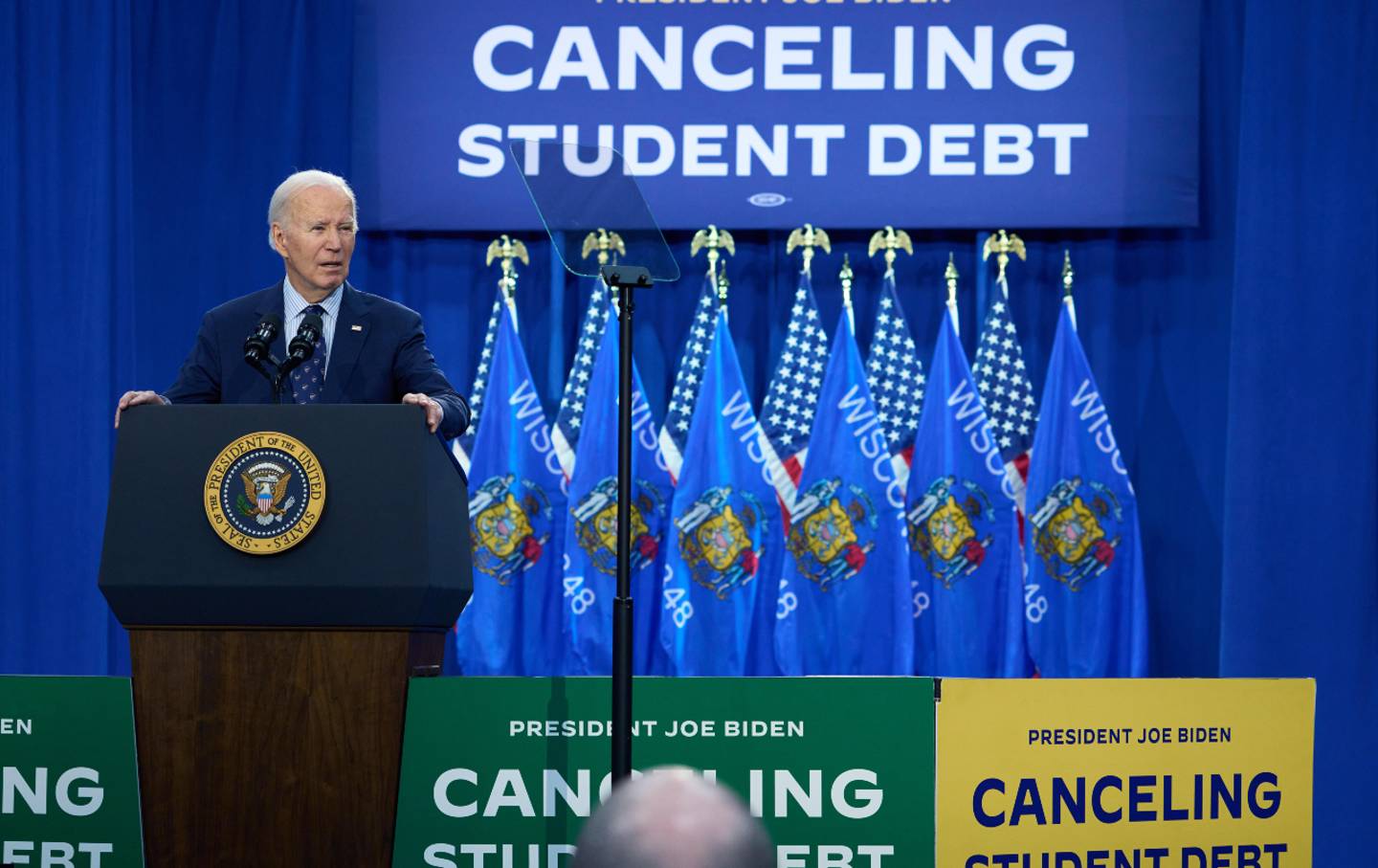
It’s Still Not Too Late for Biden to Deliver Debt Relief It’s Still Not Too Late for Biden to Deliver Debt Relief
Four years after hearing the president promise bold action on student debt, most borrowers are still no better off, and many—especially defrauded debtors—are measurably worse off....
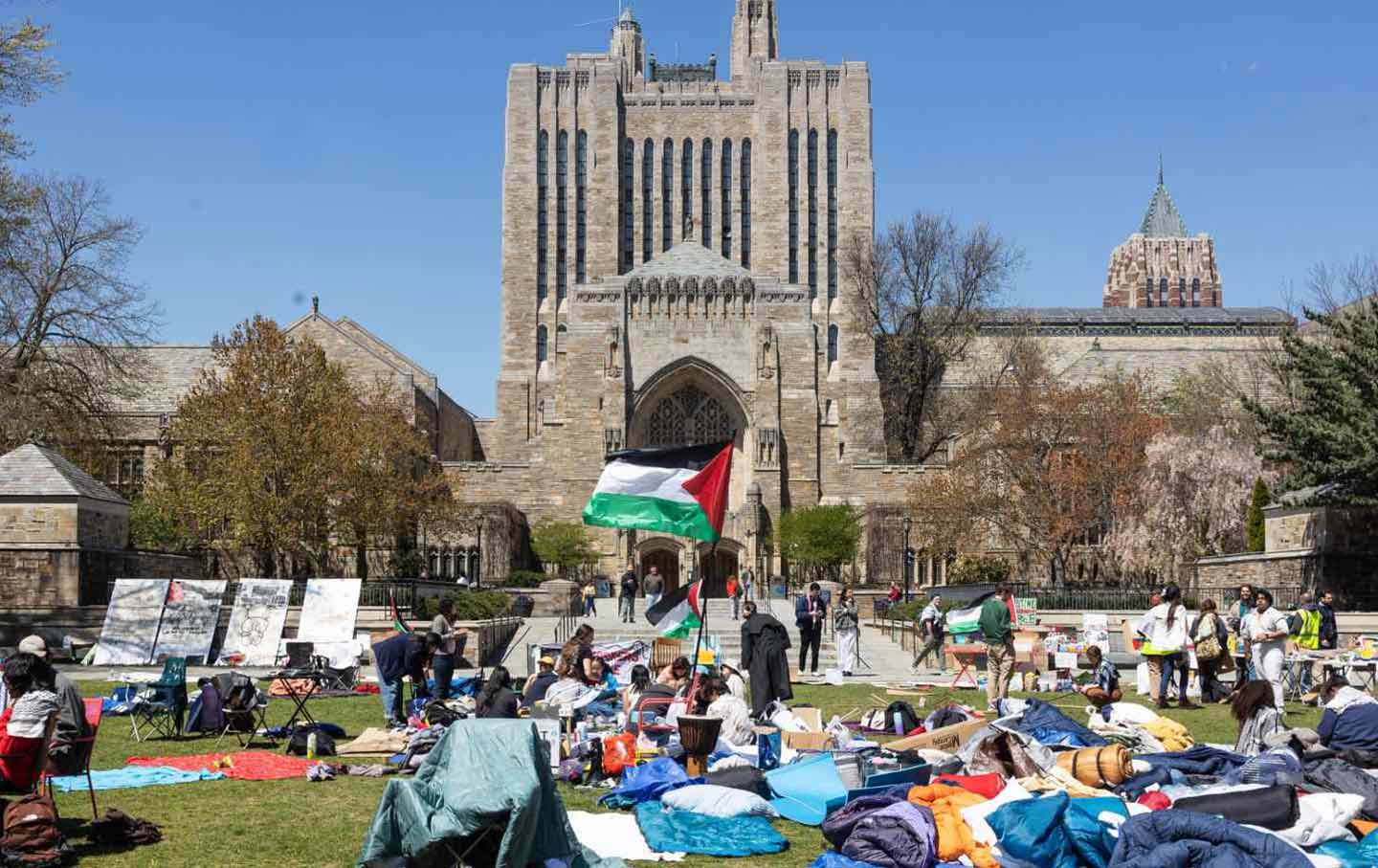
Yale Students Voted to Divest, but What’s Next is Unclear Yale Students Voted to Divest, but What’s Next is Unclear
The referendum calls on the school to divest its $41 billion endowment from military weapons manufacturing firms, yet the power to do so is in the hands of the board of trustees.
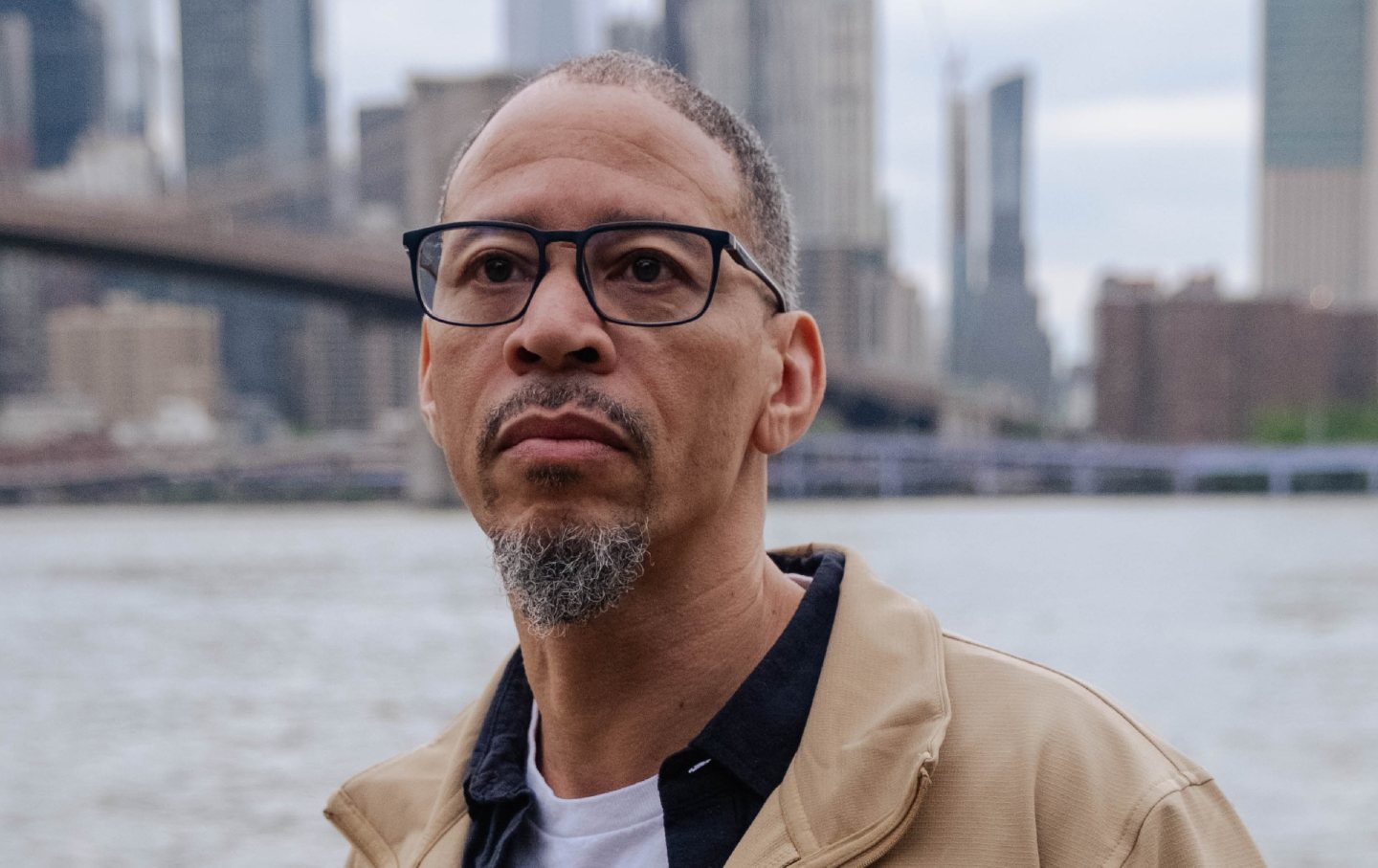
Prison Journalism Is Having a Renaissance. Rahsaan Thomas Is One of Its Champions. Prison Journalism Is Having a Renaissance. Rahsaan Thomas Is One of Its Champions.
Thomas and his colleagues at Empowerment Avenue are subverting the established narrative that prisoners are only subjects or sources, never authors of their own experience.

It’s Been a Tough Year. Let’s Help Each Other Out. It’s Been a Tough Year. Let’s Help Each Other Out.
There may be a dark shadow hanging over this year’s holiday season, but there are still ways to give to those in need.


